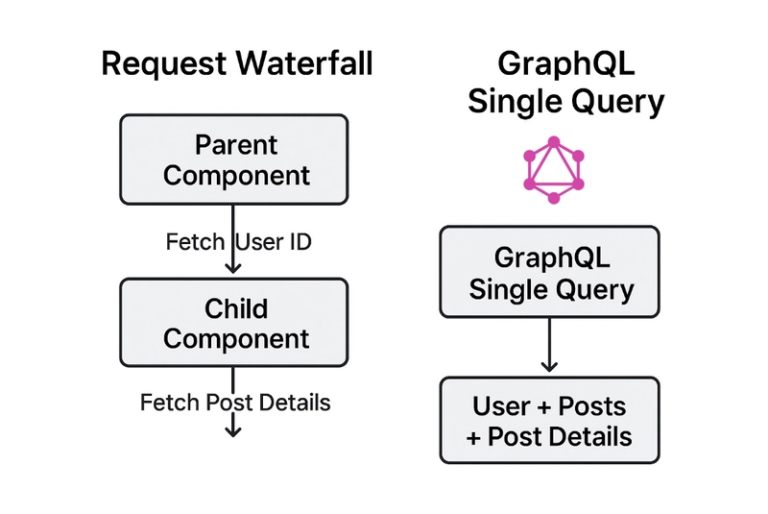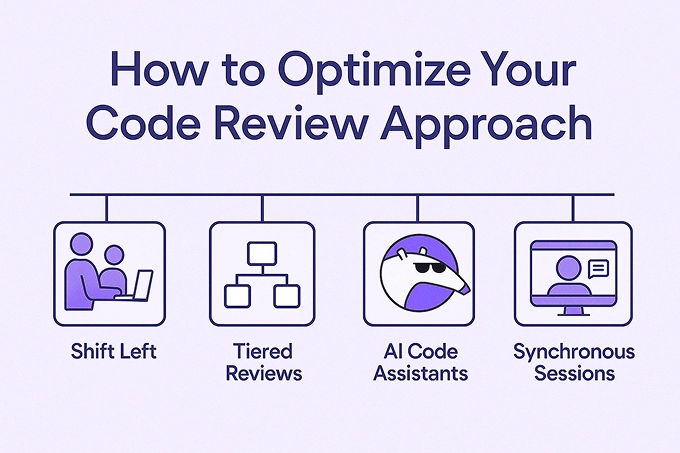Using iTerm2’s new AI Chat features with Azure OpenAI
Article also available over here as well. For the longest time I’ve used iTerm2 as a replacement for Terminal. It’s fast, it’s native, it’s not yet another lipstick-on-an-Electron-wrapper type of thing. Only Ghostty comes close to it, and even though it’s faster and resizes better, it misses some of the features I’ve grown to depend…



